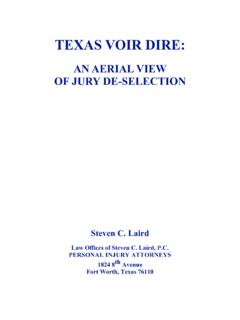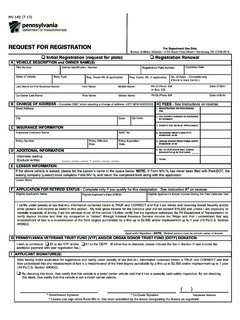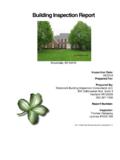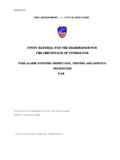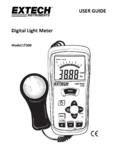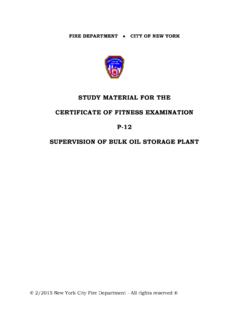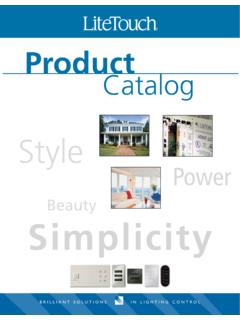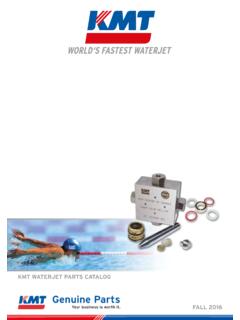Transcription of Admission and Exclusion of Evidence - Law Offices …
1 Laird/Cummings - 1 Admission AND Exclusion OF Evidence STEVEN C. LAIRD JOHN M. CUMMINGS LAW Offices OF STEVEN C. LAIRD, 2400 Scott Avenue Fort Worth, Texas 76103 (817)531-3000 (817)535-3046 facsimile TEXAS TRIAL LAWYERS ASSOCIATION ADVANCED PERSONAL INJURY COURSE HOUSTON, TEXAS MAY 11-12, 2006 Laird/Cummings - 2 Admission AND Exclusion OF Evidence I. THE GOAL: UNDERSTAND RETAIN ACT As trial lawyers, our livelihoods depend first on effectively communicating information to triers of fact, and secondly on advocating action. We orchestrate the presentation of this information testimonial, documentary, real, circumstantial and demonstrative Evidence throughout trial, culminating in closing argument when the jury is fully and finally armed with knowledge and motivated by persuasive oratory.
2 Successful trial lawyers know that the triers of fact must first understand the case, then retain the information in a meaningful way through deliberation, and lastly be motivated by the information and argument to act in favor of our clients. II. ENGAGING EYES AND EARS Like all people, jurors lean towards being either eye learners (they take in most information through what they see) or ear learners (they take in most information through what they hear), yet trial lawyers have insufficient time in voir dire to fully learn these preferences. Thus, we are more likely to appeal to the various sensory preferences of the jurors ( , auditory, visual, tactile) when using a combination of spoken testimony with tangible Evidence .
3 Effective trial lawyers show and tell, tell and show. Research confirms that we retain information longer and better when oral statements (telling) are combined with visual cues (showing). One study found that an audience receiving only verbal information retained 70% of that information after 3 hours and only 10% after 72 hours. However, when the information was presented verbally and visually, the percentages of information retained jumped to 85% after 3 hours and 65% after 72 Gathering persuasive Evidence and knowing how to get it admitted are key skills that all trial lawyers must master. Likewise, advocates should learn to anticipate evidentiary obstacles and have a plan for responding to objections, and develop an ear for the record in order to protect the case from evidentiary attack on appeal.
4 III. GOOD HABITS LEAD TO GOOD Evidence Encourage and develop good habits for locating, assembling and presenting your Evidence and the process becomes second nature in future cases. Instill these habits in your associates, paralegals, investigators and staff. Planning and Budgeting Early on, think about an order of proof and trial outline, and analyze what kind of real Evidence exists or what demonstrative Evidence can be created to support your case. Consider the expenses you re willing to invest in a particular case. What real Evidence is 1 Weiss-McGrath Report, McGraw Hill Laird/Cummings - 3 mandatory ( , medical records in admissible form) and what demonstrative Evidence ( , computer animation) might you like to have?
5 Expenses may run from pennies for simple copying charges to thousands of dollars for customized medical illustrations, reenactments and animations, or scale models. A cost/benefit analysis at the outset of a case may prevent getting upside down in expenses later. Gathering the Evidence Spend time learning as much as you can about your clients and how the injury that brought them to you has affected their lives. Preferably, spend time in their home with them. Look around. Ask them to share personal mementos, photo albums, and so forth. Think outside the box. What Evidence distinguishes your case from others? What tangible items exist to help illustrate your client s injuries? Consider doing a focus group to develop themes, to determine what Evidence to use and what not to use, and to test the effectiveness of your message.
6 Tip Always inspect the originals. This is particularly important with medical records, maintenance records, and other documents that often have entries from numerous people. Look for different-colored inks or highlighted portions which may not be distinguishable on a photocopy. Compare copies of the same records from different sources and fly-speck them for differences. Tip Think early and often about any Evidence which might be subject to destruction or spoliation and act quickly to secure it. Get notice letters out to potential parties or those who might dispose of Evidence , consider obtaining a TRO, and otherwise lock down key Evidence as soon as possible. Suggested resources for gathering Evidence are outlined in section IV, below, but the list is by no means exhaustive.
7 The key is to never get complacent about developing the Evidence , but rather to be proactive in considering what you need and where you might find it. Developing the Evidence Get your clients, witnesses and experts involved in gathering and developing Evidence , particularly in creating demonstrative Evidence , to ensure completeness, accuracy and familiarity. Make sure that Evidence which must be proven-up by affidavit or depositions on written questions is in admissible form and timely filed. Routinely disclose newly-obtained Evidence throughout the discovery period. Use checklists and calendars to minimize overlooking important pre-trial deadlines. Consult local rules and ask court coordinators of evidentiary matters which may be unique to a particular court or locale.
8 Tip Be sure that the development of Evidence that requires expert testimony is coordinated with input from your expert ( , medical illustrations, economic-loss tables, etc.). Have the exhibit reviewed and blessed by the expert before attempting to use it for the first time at trial. Laird/Cummings - 4 Tip Develop any special presentations your expert may wish to utilize at trial far enough in advance so that you can supplement the information in discovery. Some courts have not allowed experts to use demonstrative aides (such as PowerPoint presentations) that were not timely disclosed prior to Using the Evidence at Trial A. Timely Disclosure Pay close attention to see that your Evidence has been disclosed fully and in a timely manner.
9 When in doubt, supplement. B. Survey the Courtroom in Advance If you will be trying your case in an unfamiliar court, visit the courtroom well in advance of trial to determine if there are any logistical problems to presenting and using your Evidence . Does the court have an easel? A dry-erase board? A video screen? An ELMO? A VCR and TV? A light box for viewing X-rays? Where are the electrical outlets? Does any of your Evidence require special handling through security scanners or a particular courthouse entrance or elevator? Learn these things far enough ahead of trial so that you can make any special arrangements or adjust your Evidence strategy. C. Make Practice Runs Review key Evidence with your witnesses prior to trial so they ll know what you intend to use and how it is designed to enhance their testimony.
10 This is particularly important where the Evidence is interactive or requires action by the witness, such as a chronological series of photos, or a computerized accident reconstruction, or any tangible items that can be manipulated or activated. With demonstrative Evidence you create, try it out on staff or colleagues before trial to test whether it is effective. D. Pack your Bags Carefully Consider what your witnesses may need to best use the Evidence at trial. For example, be sure to have large colored markers, highlighters, laser pointers, and so forth readily available. Have your exhibits pre-marked, organized and indexed. Have letter-sized reproductions of any large or three-dimensional exhibits available for convenience of the court reporter and completeness of the record.
